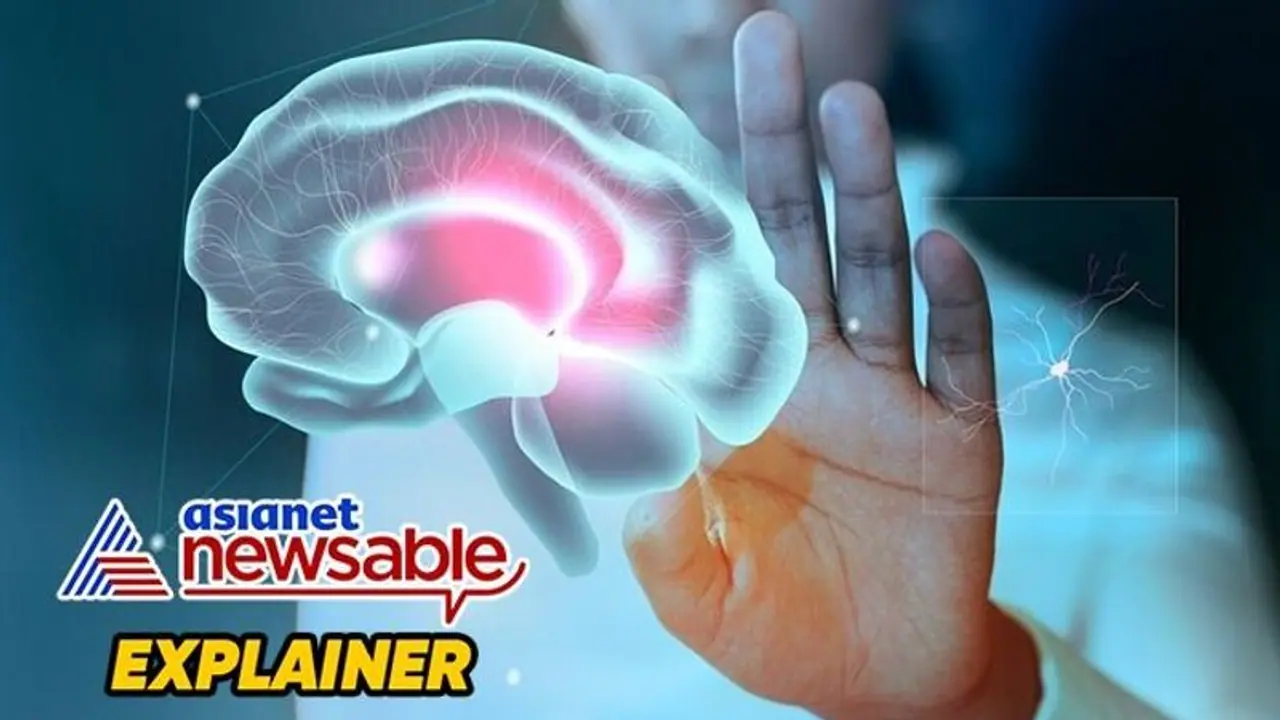On World Movement Disorder Day, Dr Shiva Kumar R, Head and Senior Consultant-Neurology, and Dr Ajay Hegde, Consultant-Neuro-Spine Surgery at Manipal Hospital in Sarjapur, Bengaluru, elaborate on the need to raise awareness, dispel stigma, and advocate for comprehensive support.
Movement disorders encompass a diverse group of neurological conditions that affect a person's ability to control and coordinate their movements. On World Movement Disorder Day, we raise awareness about these disorders and the impact they have on millions of lives globally.

From Parkinson's disease to dystonia, tremors, and ataxia, movement disorders manifest in various forms, each presenting unique challenges for those affected. These conditions can result from genetic factors, environmental influences, or a combination of both. They often lead to symptoms such as involuntary movements, muscle stiffness, and impaired balance, significantly affecting an individual's daily functioning and quality of life.
In addition to the physical challenges, movement disorders can also have profound emotional and social repercussions. Individuals with these conditions may face stigma and misunderstanding from society due to visible symptoms that are often misinterpreted.
World Movement Disorder Day serves as a platform to advocate for increased awareness, learning about different movement disorders and providing specialist support for affected individuals and their families. By fostering understanding and empathy, we can work towards a world where those with movement disorders receive the care, respect, and inclusion they deserve.
Understanding Movement Disorders
Movement disorders refer to a spectrum of neurological conditions disrupting an individual's motor control, profoundly impacting daily life. These disorders exhibit a wide range, encompassing both slowed and involuntary movements. Their causes are diverse, often elusive. Beyond affecting movement, these disorders manifest in non-motor symptoms such as constipation, sleep disturbances, hallucinations, and memory loss. Managing movement disorders is intricate, with most treatment options providing symptom relief but diminishing effectiveness over time. Therefore, comprehensive care necessitates ongoing monitoring and strategic management.
How to tackle Movement Disorders?
Surgery has emerged as a promising therapeutic avenue for certain movement disorders, offering hope and relief to individuals whose symptoms may not be adequately managed through traditional medications. Deep brain stimulation (DBS) stands out as a pioneering surgical approach widely used in addressing movement disorders like Parkinson's disease, essential tremor, and dystonia.
In DBS, electrodes are surgically implanted into specific regions of the brain, and a small device, akin to a pacemaker, is placed under the skin to modulate electrical impulses. This targeted stimulation helps regulate abnormal neural activity, alleviating symptoms and improving motor control.
DBS is recognized for its capacity to enhance the quality of life for individuals facing debilitating movement disorders. Advancements in technology like brain sensing have helped tailor electric current based on individual patient requirements thereby reducing side effects. Moreover, emerging surgical techniques and technologies continue to expand the scope of intervention.
